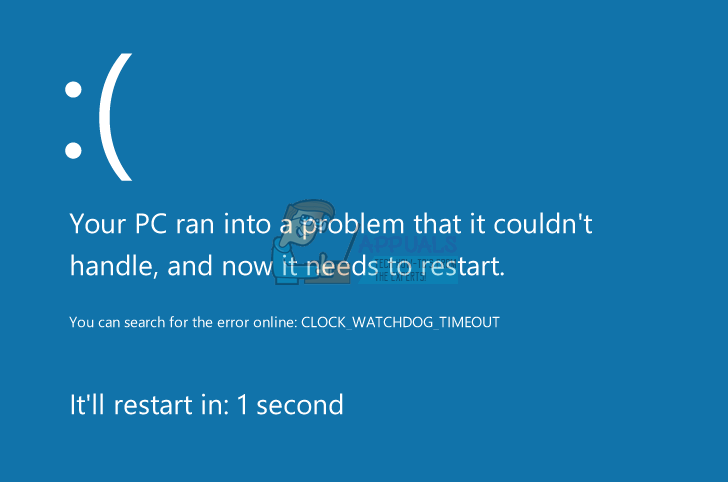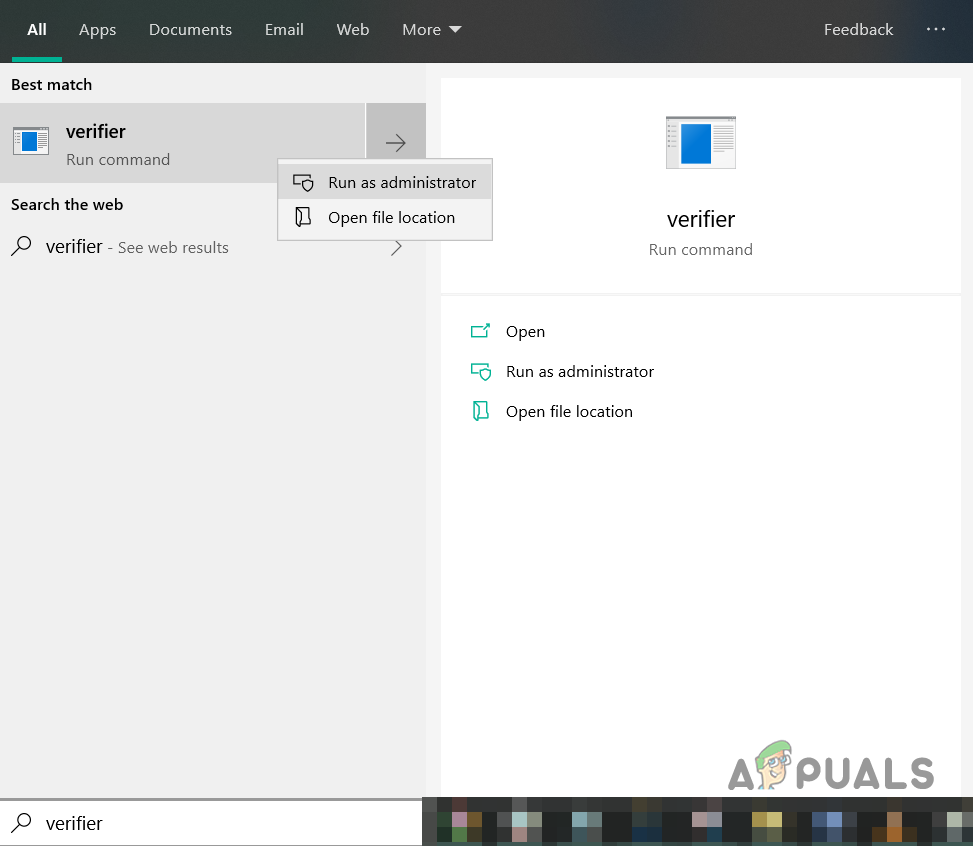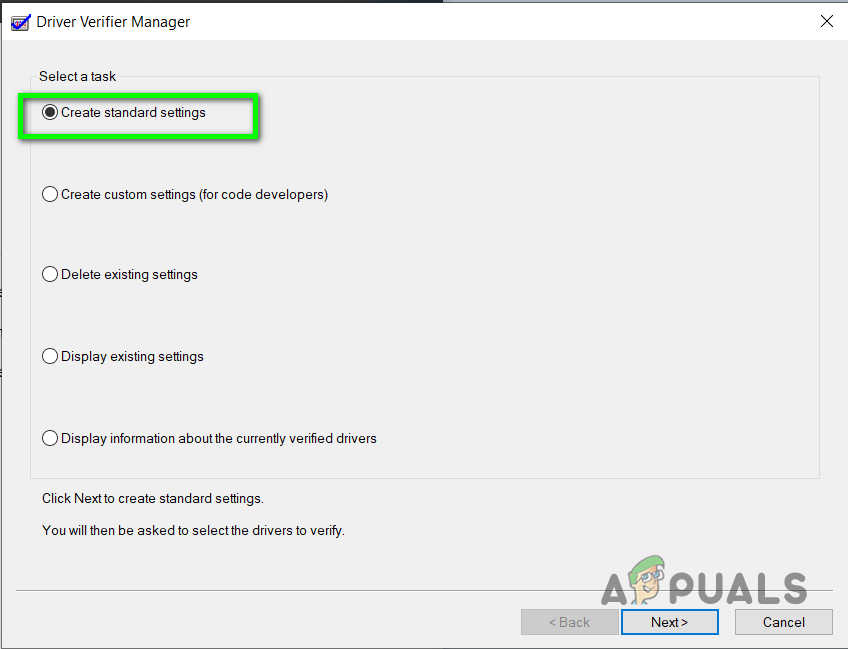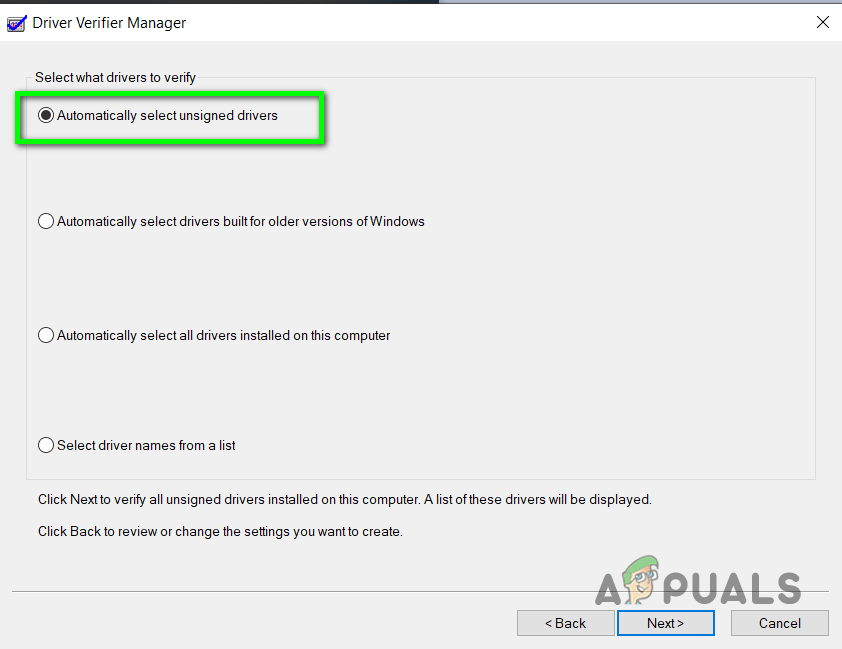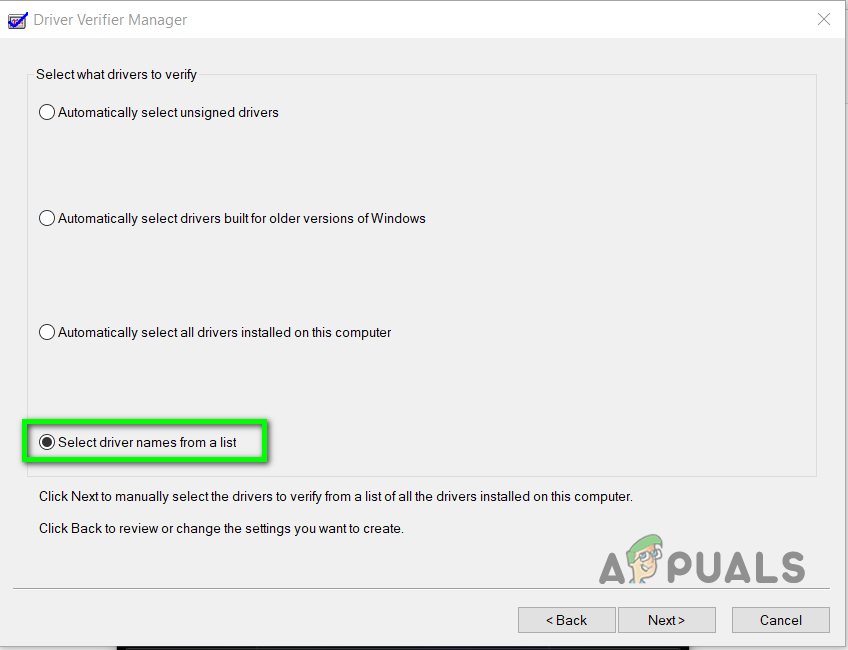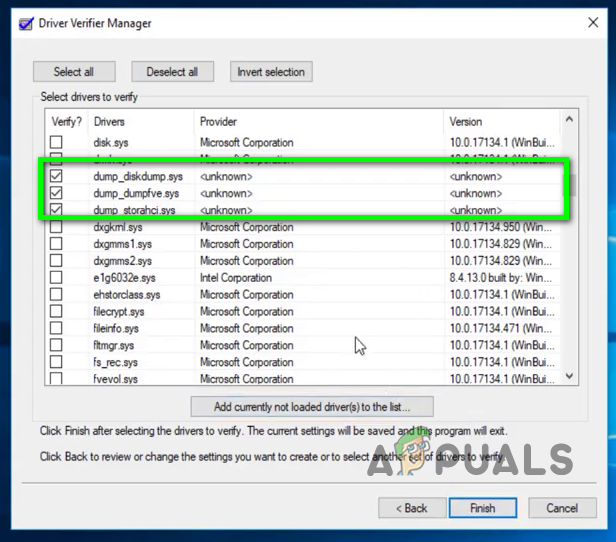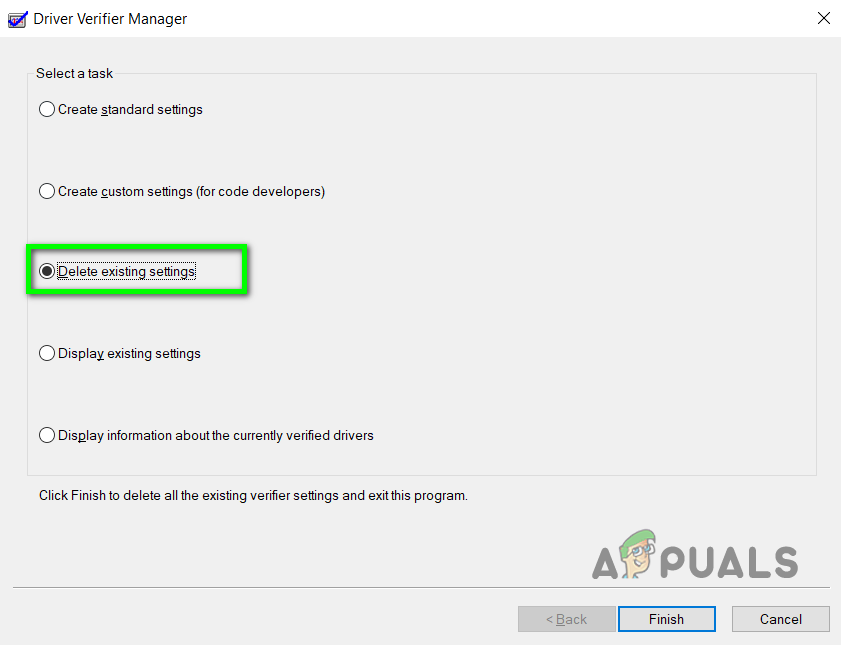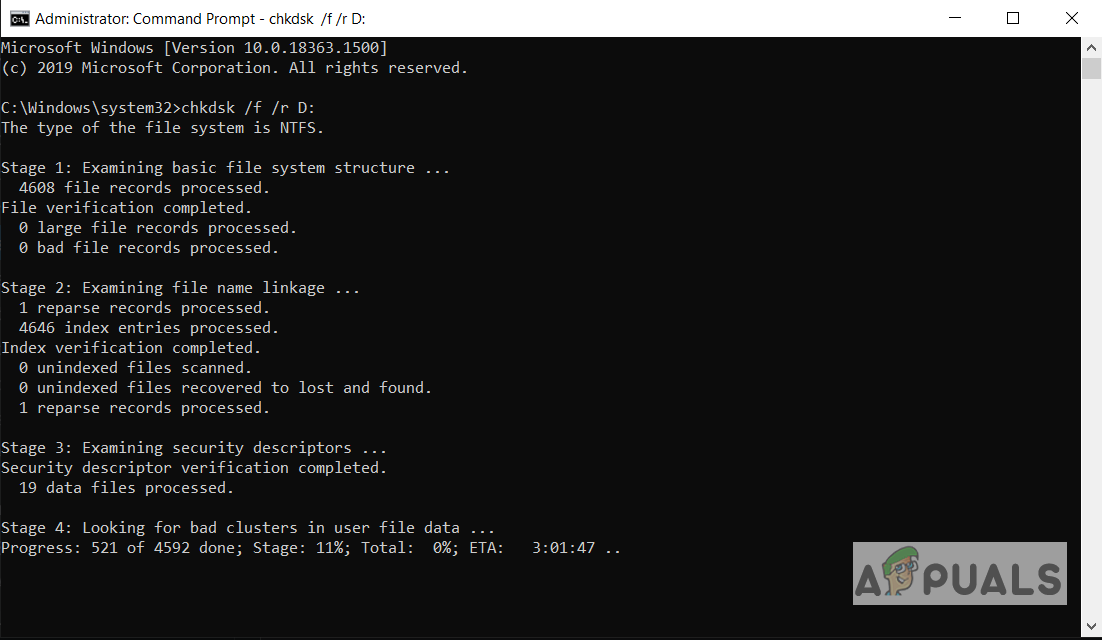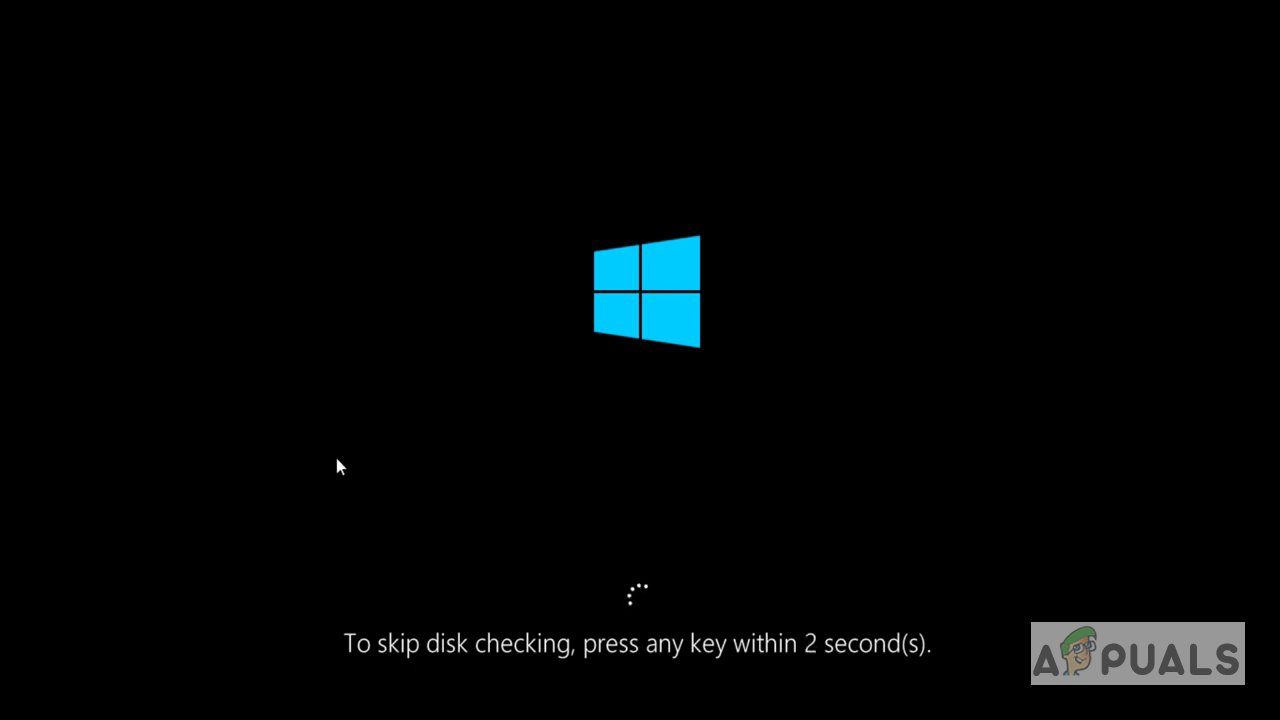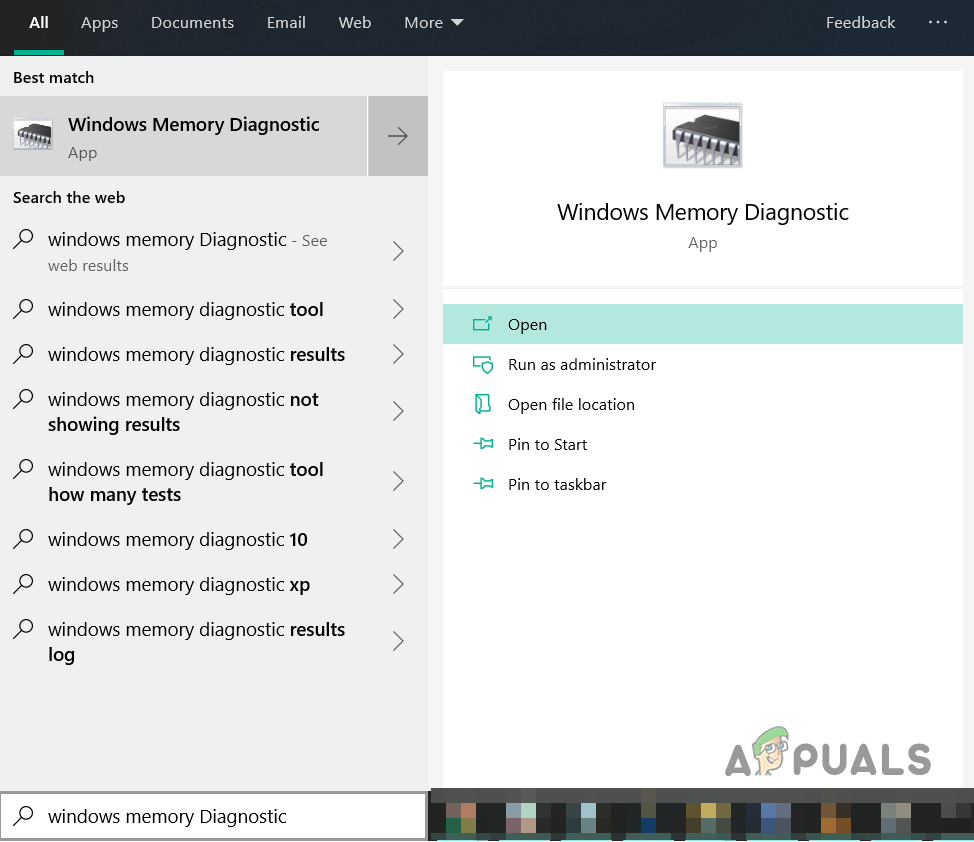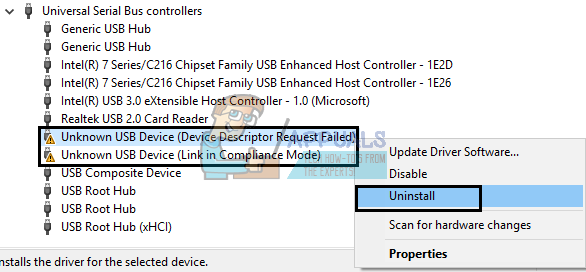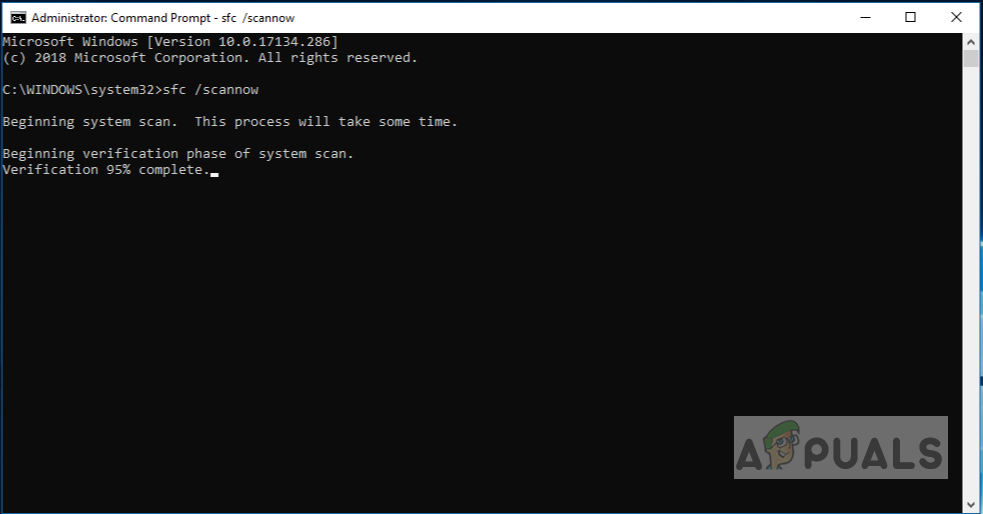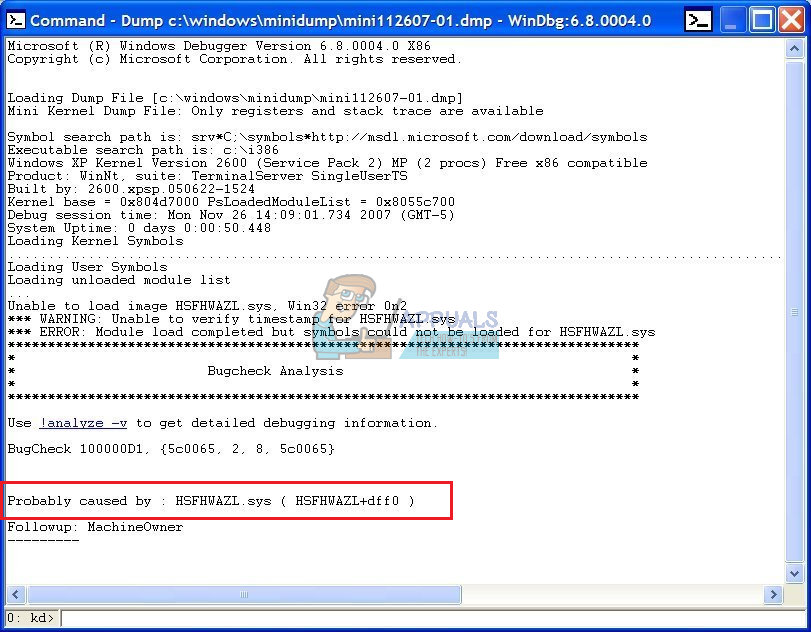However, the real issue occurs when these BSODs occur way too often and they make it impossible for you to even use your computer properly, let alone try to fix the problem manually. Let’s see what the following BSOD is all about!
CLOCK_WATCHDOG_TIMEOUT Blue Screen of Death
This particular error message causes your system to freeze and it demands a complete reboot in order to get your PC to work again. BSODs are a little less intimidating on Windows 10 since they managed to make it user-friendly but they are still serious.
Users who have been working on some important files and documents may lose them forever since all the files which were running when the error occurred risk becoming corrupt. However, there are several ways to fix this problem but make sure you try out all of them and follow the instructions carefully.
Solution 1: Stop Overclocking Your CPU
Overclocking your CPU usually causes these errors. First of all, you should know that the CLOCL_WATCHDOG_TIMEOUT BSOD is usually caused by processor problems and you should consider checking this out. Overclocking is a process where you change the frequency and speed of your processor to a greater value and above the factory settings. This can give your PC a significant speed boost but you have to absolutely careful since there were occasions where entire PCs went down in flames after users overclocked them too much or because they were careless. Returning your CPU’s rate and frequency to its original state depends on which software you used to overclock in the first place. Intel and AMD have their own applications available to download which let users overclock their CPUs but there are dozens of programs available to choose from. Stop overclocking your PC and check to see if the BSOD appears again.
Solution 2: Use Windows Driver Verifier
Driver verifier is a built-in tool in the Windows Operating system which diagnoses Windows kernel-mode drivers and graphic drivers if they are using any illegal function calls or any other procedures that might corrupt the system files. In this method, we will detect any unsigned drivers that are not provided by Microsoft and will try to verify them or delete them.
Solution 3: Checking Disk for System File Corruptions
In this method, we will use the Command Prompt to detect and fix any logical File System error on the hard drive. We will use the CHDSK command which works depending on the type of your file system partition. We will try to fix both the logical errors and also recover any readable information that might have been corrupted due to bad sectors on the disk. This process will take some time from few minutes to an hour.
Solution 4: Use Windows Memory Diagnostics
Clock Watchdog Timeout error also occurs when there is incompatible Random Access Memory on the PC. Windows 10 has a utility called Windows Memory diagnostics which scans the RAM to find out possible errors. Windows memory diagnostics run after rebooting the system and may take several minutes to complete the process.
Solution 5: Fix Outdated External Devices and Drivers
This is probably the most common issue to all BSOD problems. Outdated drivers and incorrectly configured external devices such as a mouse, keyboard, webcam, and printer can cause system instability in no time and it’s no wonder that these errors just keep on occurring every couple of hours or even minutes. This can be fixed easily if you are willing to invest some time. Unknown USB Device (Device Descriptor Request Failed)
As for the troubled device goes, you should be able to reinstall the updated driver for it simply by googling the name of your device and downloading it from the manufacturer’s website.
Solution 6: Switching Your Sounds to External Speakers
If you are using a laptop or a computer with two pairs of speakers (internal and external ones), this issue may occur when Windows tries to swap between the internal and external speakers. This can be fixed easily but you might not be able to use your internal speakers after disconnecting the other pair.
Solution 7: Use System File Checker
In this method, we will use Windows File Checker as a System Utility to fix the damaged or corrupt Windows files in the System. It is a built-in feature in all modern versions of Windows OperatingSystem. It allows you to fix the damaged or corrupt Windows files in the System. In order to run SFC, you need to run cmd with elevated mode (with administrator privileges).
Solution 8: Update BIOS
A computer’s Basic Input-Output System (BIOS) is embedded software on a motherboard. It is the first software your PC loads so that it can use things like CD drives, mice, and keyboards practically from the moment you turn it on. Updating BIOS can help you deal with certain issues regarding BSOD as any instability regarding BIOS settings will prevent your PC from running or functioning normally. Take a look at the instructions below!
Solution 9: Check to See if Your CPU is Faulty
If your CPU is faulty and it’s experiencing errors all by itself, it might be time to replace it. This can be an expensive purchase but it’s worth it if it’s going to keep your computer stable.
Solution 10: Providing a Kernel Memory Dump to IT Experts
A kernel memory dump can be read by IT experts with a Windows debugger which will immediately show just where the issue is and how to fix it. The tool can be run easily with Command Prompt.
If your BIOS is already up to date or if you are just too worried that something might go wrong during the installation process, leaving your PC bricked, you can always just reset BIOS settings to their defaults and hope for the best. Press __ to run Setup
Solution 12: Uninstall Virtual Image Managers
Programs such as Daemon Tools and Alcohol 120% are usually used to create virtual disks and images in order to manage ISO files, etc. However, most of these tools have been linked to this particular Blue Screen of Death so it’s advisable to install them for the time being or to replace one of them with an alternative (e.g. replacing Daemon Tools with Alcohol 120%).
Solution 13: Prevent Your PC From Overheating
Overheating is a major cause of system instability, crashes, and freezes, especially if you are using your laptop excessively with a weak cooling system, in a warm room while running a video game or some other resource-heavy process.
How to Fix Memory_Management Error (Blue Screen of Death) on Windows[Fix] ‘Microsoft Game Input’ Causing Blue Screen of Death on Windows 11Fix: Wificx.sys Blue Screen of Death on Windows 10/11[FIX] Windows Update - KB5000802 Blue Screen of Death (BSOD)
